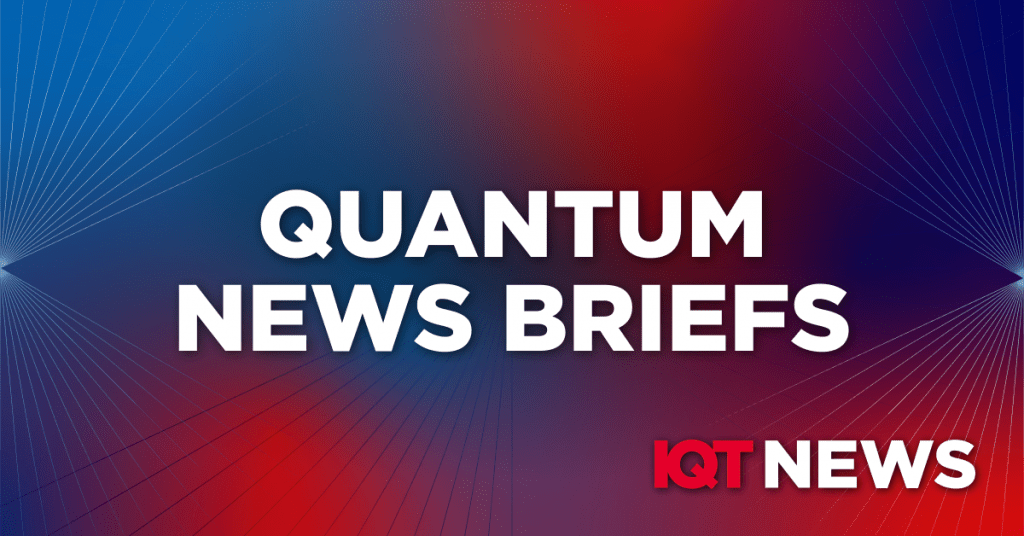News Briefs:
JDSupra: Treasury proposes outbound investment restrictions with focus on tech sector & China
The proposal departs from a long-standing U.S. policy of open and unqualified environment for such investment. As most recently stated by Treasury, the new policy is that the United States supports “an open investment environment where consistent with the protection of U.S. national security.”
IQT news summarizes key points of what types of quantum technologies and AI are covered in these regulations
- Development of quantum computers or production of critical components for them.
- Development or production of certain quantum sensing platforms.
- Development or production of certain quantum networking and quantum communication systems.
- Development of any AI system designed to be exclusively used for, or intended to be used for military, government intelligence or mass surveillance end uses.
- Development of any AI system that is trained using a quantity of computing power greater than a to-be-determined level of computational operations.
TechExplore: New open-source software for quantum cryptography from IQC is greater than the sum of its parts
Dr. Norbert Lütkenhaus and his research group at the Institute for Quantum Computing (IQC) and a professor in the University of Waterloo’s Department of Physics and Astronomy recently released a modular, open-source software package on GitHub, which allows users to model realistic QKD protocols and calculate the generation rate for secure quantum keys using user-submitted variables for real-world scenarios, according to July 3 TechExplore article.
Dr. Lütkenhaus and his groupspent the last several years developing accurate software models for research in quantum key distribution (QKD). While creating their realistic models and protocols, the team considered a wide range of problems that present different challenges in the coding process, and then split the problem from one single, monumental coding challenge into smaller pieces and modules. By doing this, the team was able to lean on the varying expertise of its members and bring in collaborators in specialized areas. Currently, Lütkenhaus’ group is working with several collaborators to develop new modules for the software package and apply their QKD software modeling in experimental research labs.
SciTechDaily: “How phononic crystals are shaping quantum computing”
Researchers from the Institute of Industrial Science, The University of Tokyo experimentally proved a new genetic algorithm for the automatic inverse design—which outputs a structure based on desired properties—of phononic crystal nanostructures that allows the control of acoustic waves in the material.
Nanophononic materials, which are artificial nanostructures with specific phononic properties, will be essential for next-generation quantum networking and communication devices. However, designing phononic crystals with desired vibration characteristics at the nano- and micro-scales remains challenging.
The team was able to measure the vibrations on a two-dimensional phononic ‘metacrystal,’ which had a periodic arrangement of smaller designed units. They showed that the device allowed vibrations along one axis, but not along a perpendicular direction, and it can thus be used for acoustic focusing or waveguides. This approach is expected to be applied to surface acoustic wave devices used in quantum computers, smartphones, and other devices.
